Aurora Molina | The City Beautiful is Turning Ugly
- Anita Sharma
- May 12
- 4 min read
Aurora Molina was born in La Havana, Cuba, in 1984. She emigrated to the United States at the age of sixteen, where she opted to pursue an education in art. Molina received her Associate of Arts in Visual Arts from Miami Dade College, a Bachelor in Fine Arts specializing in Mixed Media from Florida International University and a Master's Degree in Contemporary Art at the Universidad Europea de Madrid completed in 2009. She currently resides in Miami, Florida, where she works as a full-time artist, represented since 2011 by Bernice Steinbaum Gallery.
Using the tools of embroidery, sculpture-making, drawing, photography, and video, she uses the potential of fiber art to communicate ideas about social and political issues. Her multifaceted platform provides a sustained and powerful critique of a society that “dismisses” the most vulnerable as they become invisible and hidden from everyday life.
OVERVIEW
The City Beautiful is turning Ugly because it is turning its back on many of its residents. I have lived in Coral gables for twenty-two years, it has been my second home, it has been the city where as an immigrant I have rooted and sprouted, grown as a citizen and created many community links. The City Beautiful has been the closest to me, as it reminds me of neighboring places in my country. The uniqueness of this city belongs to the founders and now that is about to be gone.
Coral Gables was incorporated in 1925 and its founder, George Merrick, had a distinct vision for the city. Merrick named Coral Gables after the home he grew up in, which was made of limestone, coral-like exterior and fitted with a gabled roof. George Merrick, founder of the 1920s planned community of Coral Gables transforming his family’s Coral Gables Plantation into the City of Coral Gables.
I will create a series of photographs on fabric that are going to be shown at Pine Crest Garden during the Miami Textile Bi-annual in November 2022. The urban fabric will serve as a metaphor for Coral Gables' topography as a city, but also as a community that is being displaced right now. This new series interweaves fibers with photography, photo collage, and installation to capture an instant view of Coral Gables at the street level that conveys its urban resilience. This new series will hold accountable many of the investors and real estate agents that are pushing the limits of the city and pushing out its citizens.
With all the collected material in the neighborhood of Santander Ave, just a block away from where I live I will create a series of work that contains records, memorandums, documents but most of all images of buildings and stories of people. I want to remember where I have resided for more than twenty years at a time that seems uncertain to remain a neighbor to this community. For many residents on this Gables’ block, a tight-knit community of neighbors who share barbecues and look after one another’s children and pets, the prospect is worrisome, even frightening.
Coral Gables has a Mediterranean feel to it, the lushness of the city and the parks, the walkability, and the history. It just feels like a Miami that is not transient, but this is quickly changing and much due to the politics and interests of who runs the city.
Many of the buildings in this Gables’ block were built just after World War II. Thirteen buildings in Santander Ave just recently were purchased by investment groups. A developer of luxury townhomes, MG Developer, bought the entire block and is investing $50 million in a development where condos are sure to go for substantially more than $1 million, displacing more than 52 families that were given notice to leave the apartments in just 4 months. That means 52 affordable, centrally located, and critically needed rental apartments will disappear at a bulldozer’s stroke.
"Growing up here, there's always been so many tourists — it's like the whole place has an identity crisis," Peñas tells New Times. "I don't think it's spoken about, but it's known. People who grew up here know we're gonna have to go."
But that's just two of the tenants at 503 Santander Ave. For Miamians like the young women's older neighbors, the notion of relocating to a new city isn't so easily reconciled. "This is my home; my mom was born here. If there was an option, I'd go there, but I don't even see a viable option," says 42-year-old Dylan Pukel, who has lived in their building for the past four years. | Aurora Molina
CONSTRUCTION ON PONCE DE LEON
In September 2022, Artist Aurora Molina began documenting the rapid development and destruction of her neighborhood in Coral Gables, FL. These photographs document the erasure of her neighborhood homes and parks. Many of the images in this series capture the front facade or main door of the home with yellow caution tape that signals caution or danger. The pictures portray a ghost town with empty homes marked for destruction. The absence of people and residents is profound and Molina points to this as a way of honoring the lives and stories of the community that once resided in this area.
DEMOLITION
THE CITY I LIVE IN DOES NOT EXIST ANYMORE

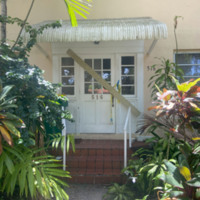
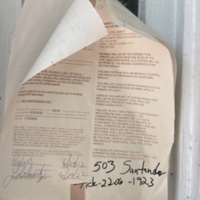
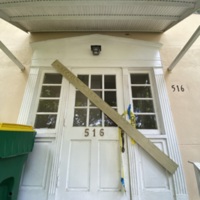
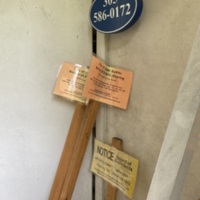
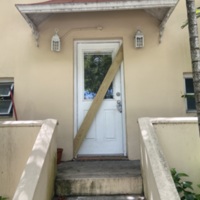

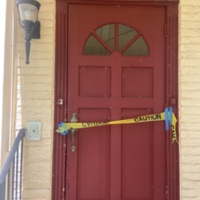
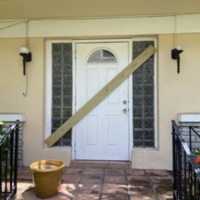
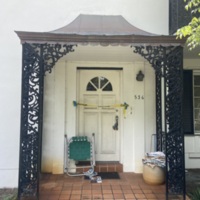
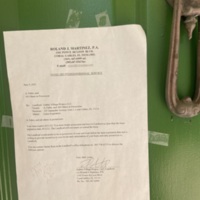
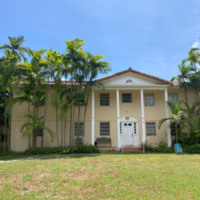
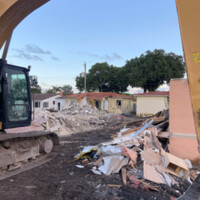
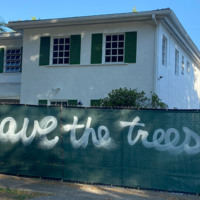

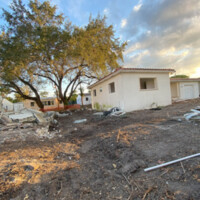



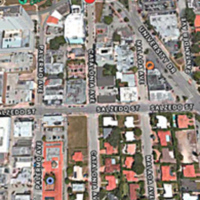

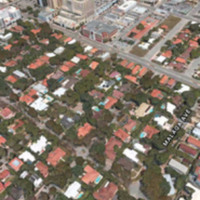
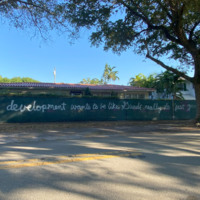
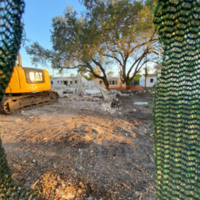

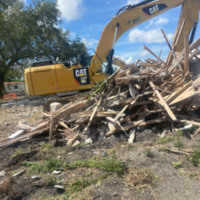

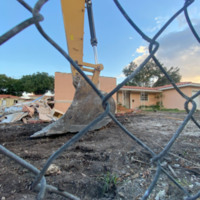
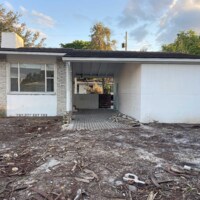
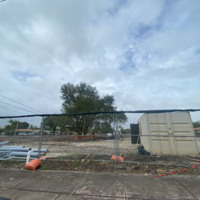
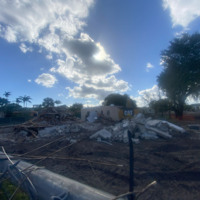
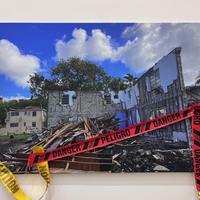
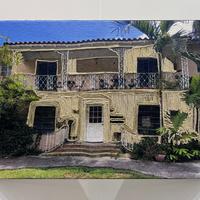
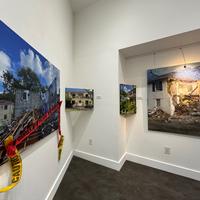
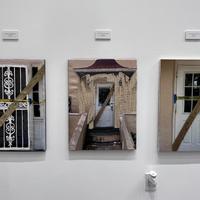
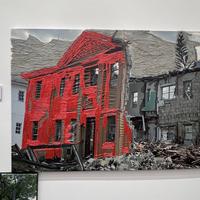
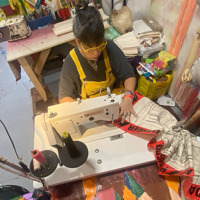
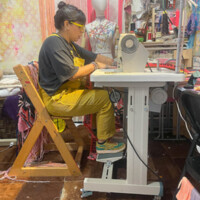
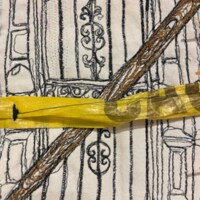
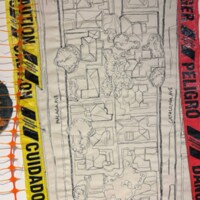
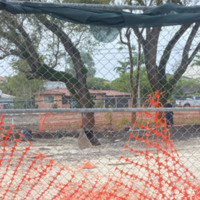



Comments